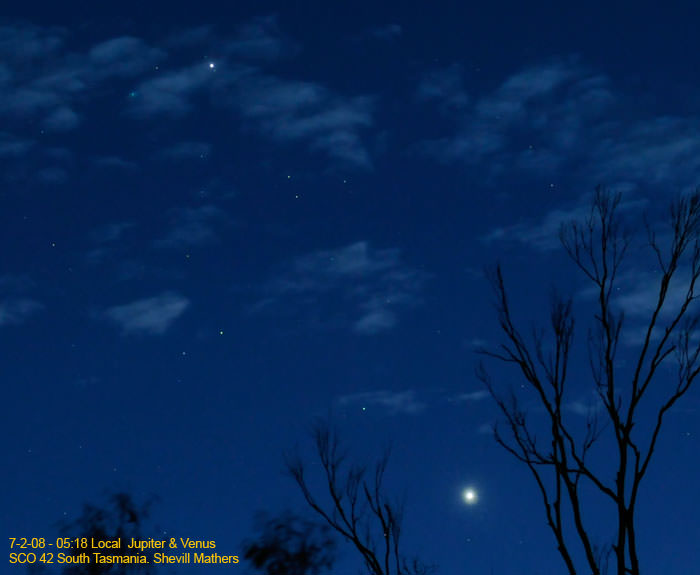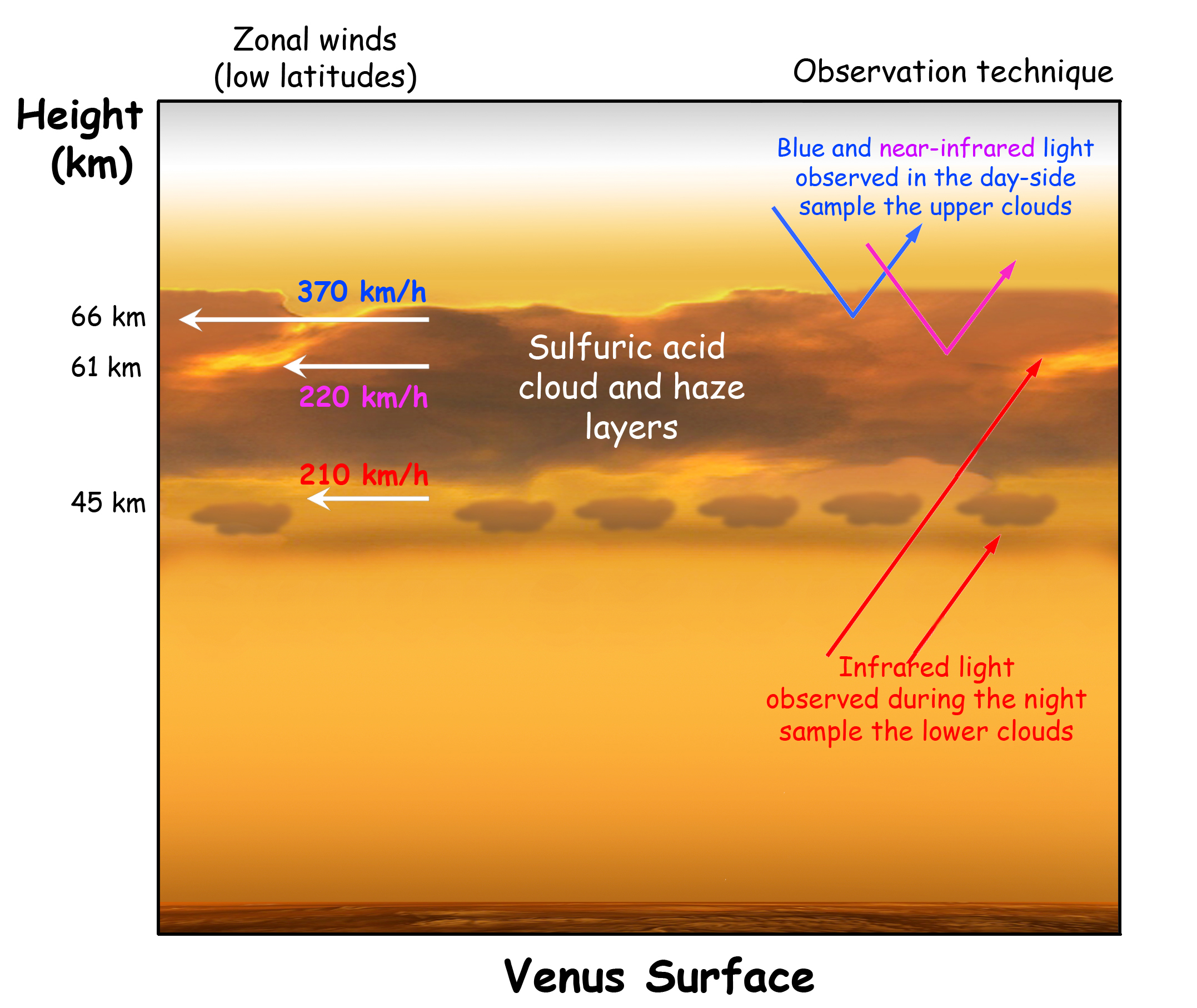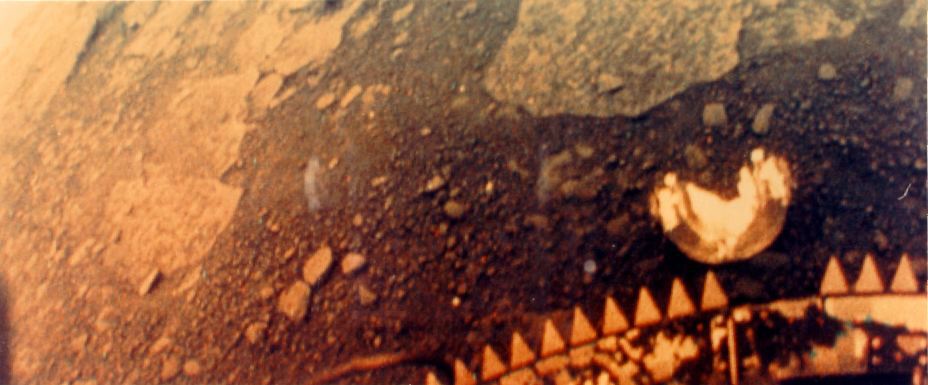[/caption]
Where did the planet Venus come from? What’s the origin of Venus. Actually, Venus and the rest of the planets in the Solar System all formed at the same time, out of the same nebula, about 4.6 billion years ago.
Let’s go back then, 4.6 billion years ago, before there was a Sun or any planets. In this region of space was a large diffuse cloud of cold molecular hydrogen. And then some event, like a supernova explosion, or gravitational disturbance of a passing star caused the cloud to collapse. As it collapsed, it broke up into knots of gas; each of which would eventually go on to form a star.
As the material collapsed down, it began to spin because of the conservation of momentum from all the particles in the cloud. The center of the cloud became denser and denser, eventually becoming our Sun. This was surrounded by a flattened disk of material; and within this disk is where the planets, including Venus formed. It’s believed that all the planets formed together, at the same time within this disk.
Once the Sun had enough temperature and pressure in its core to ignite fusion, it generated powerful solar winds that blasted away all of the leftover material in the Solar System. All that remained were the planets and their moons.
Astronomers know that all of the planets formed at the same time because of meteorites discovered here on Earth. No matter where in the Solar System they originally came from, all of these meteorites were formed at the same time; about 4.6 billion years ago.
So the origin of Venus is the same origin for all the planets in the Solar System. They all formed out of the solar nebula, billions of years ago.
We have written many articles all about Venus for Universe Today. Here’s an article about Venus’ wet, volcanic past, and here’s an article about how Venus might have had continents and oceans in the ancient past.
Want more information on Venus? Here’s a link to Hubblesite’s News Releases about Venus, and here’s a link to NASA’s Solar System Exploration Guide on Venus.
We have recorded a whole episode of Astronomy Cast all about Venus the planet. Listen to it here, Episode 50: Venus.








